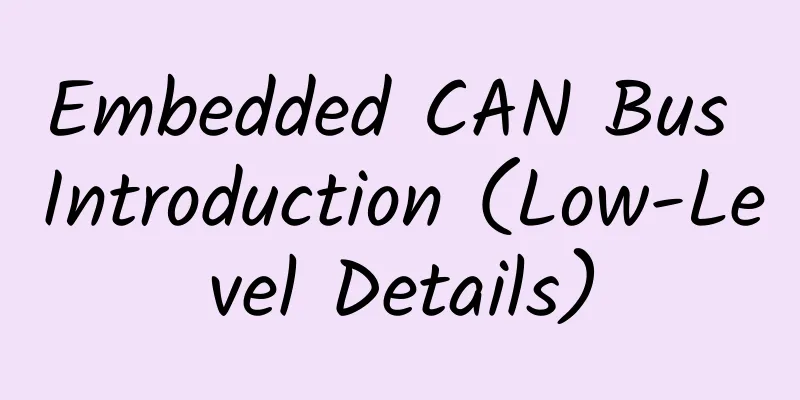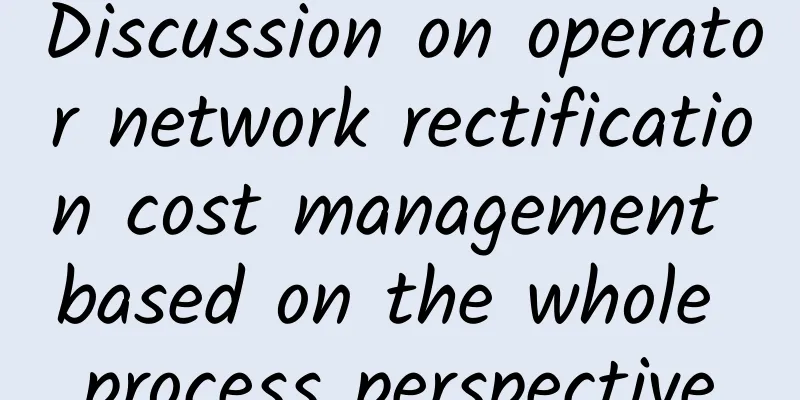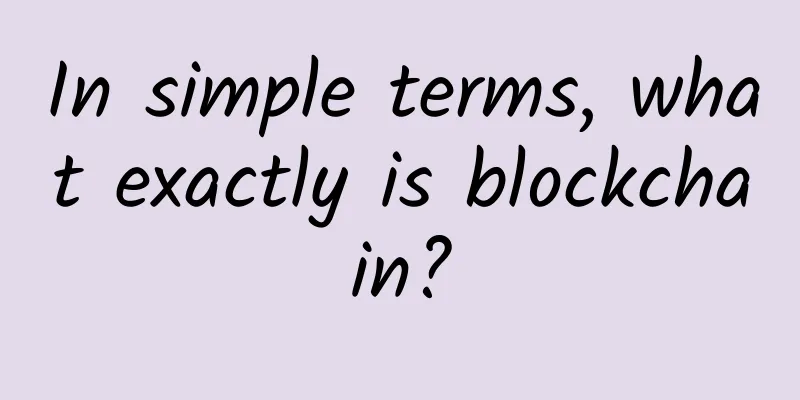What problems do HTTP/1, HTTP/2, and HTTP/3 solve?
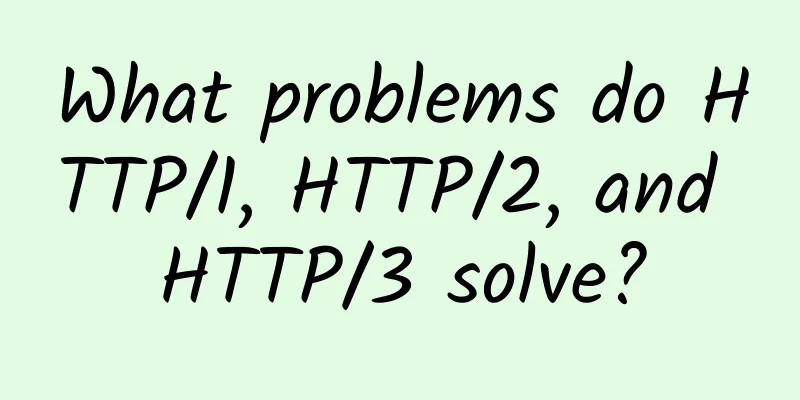
|
What problems does each generation of HTTP solve? The following diagram illustrates the main characteristics. picture HTTP/1HTTP 1.0 was finalized and fully documented in 1996. Each request to the same server requires a separate TCP connection. HTTP 1.1 was released in 1997. TCP connections can be kept open for reuse (persistent connections), but this does not solve the HOL (Head of Line) blocking problem. HOL blocking - When the number of parallel requests allowed by the browser is exhausted, subsequent requests need to wait for the previous request to complete. HTTP/2HTTP 2.0 was released in 2015. It solves the HOL problem by request multiplexing and eliminates HOL blocking at the application layer, but HOL still exists at the transport (TCP) layer. As shown in the figure, HTTP 2.0 introduces the concept of HTTP "streams": an abstraction that allows different HTTP exchanges to be multiplexed over the same TCP connection . Each stream does not need to be sent in order. Application scenarios:
HTTP/3The first draft of HTTP 3.0 was released in 2020. It is the successor to HTTP 2.0. It uses QUIC instead of TCP as the underlying transport protocol, thus eliminating HOL blocking in the transport layer. QUIC is based on UDP. It introduces streams as first-class citizens into the transport layer. QUIC streams share the same QUIC connection, so creating a new QUIC stream does not require additional handshakes and slow starts, but QUIC streams are transported independently, so in most cases, packet loss that affects one stream will not affect other streams. Application scenarios:
|
<<: How to efficiently implement scheduled tasks in Redis
>>: Explore different VGG networks. What do you discover?
Recommend
How much will the operator's 1G traffic fee be reduced to?
Can you bear not going online? Obviously not, bec...
Want to be a data scientist? See if you have these 5 qualities
【51CTO.com Quick Translation】 Data science career...
5G "new infrastructure", new scenarios, new models
Since the beginning of the year, the central gove...
6G! China Mobile and Nokia renew strategic cooperation agreement
Zhongguancun Online News: China Mobile and Nokia ...
Huawei and its partners participated in the competition together for the first time, and are committed to promoting joint solutions!
[Original article from 51CTO.com] After the succe...
Latest report: Is 5G private network a hero or a monster?
Whose product is 5G private network? A new report...
What does the all-out war on IPv6 mean for China's Internet?
[[238041]] Image source: Visual China IPv4. What ...
TmhHost Spring 30% off: Los Angeles, USA/Los Angeles High Defense/Hong Kong CN2+BGP monthly payment starts from 24 yuan
TmhHost is carrying out a spring back-to-school p...
What is bandwidth management?
Bandwidth management involves the strategic alloc...
RAKsmart server flash sale $30/month, cloud server 30% off, cluster server/high bandwidth server continue to sell well
RAKsmart has also launched the most important 11....
The current dilemma facing 5G: alarming power consumption and slower-than-expected base station construction speed
Have you changed your phone to 5G? My 4G is enoug...
Real-time communication technology battle
[[395758]] This article is reprinted from the WeC...
In the Video 3.0 era, Huawei is working hard to promote video services to become a basic service for operators and achieve commercial success
[51CTO.com original article] In 2016, the three ma...
Aruba Launches Instant On to Provide Secure, High-Speed Wireless Connectivity for Small and Medium Businesses
On August 20, 2019, Aruba, a subsidiary of Hewlet...
How should we respond to the 5G era? Talking about the prospects and career planning from the perspective of the Internet industry
The 5G war is in full swing, so what are the coun...
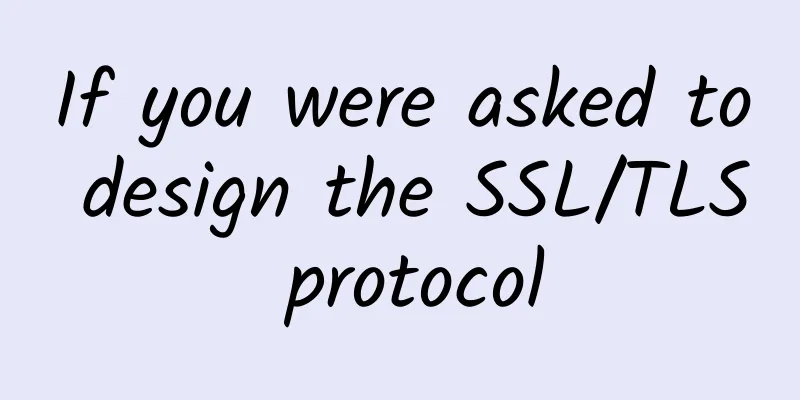
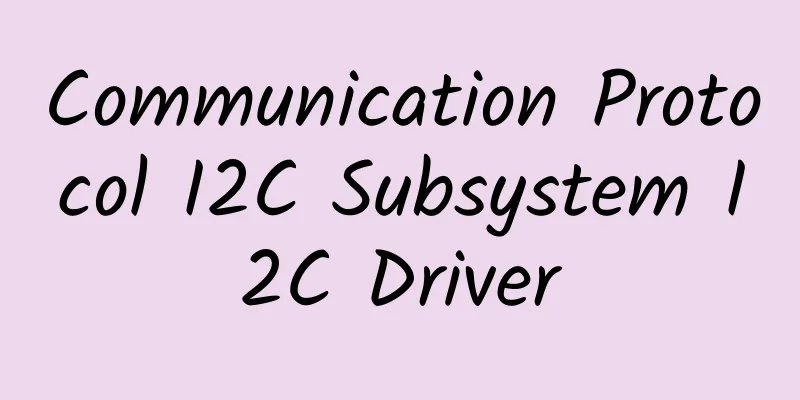
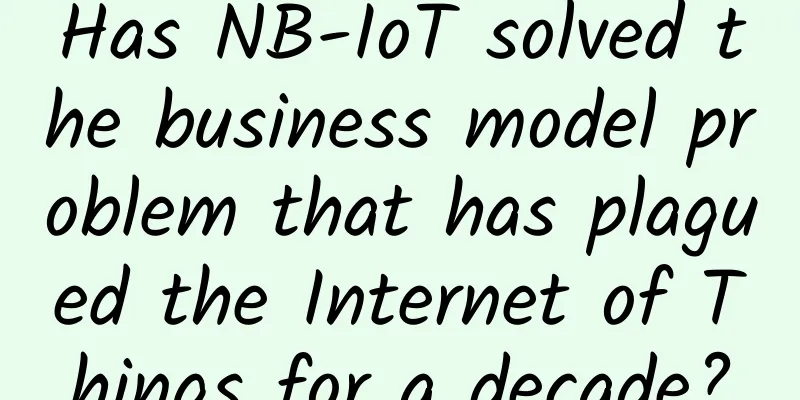

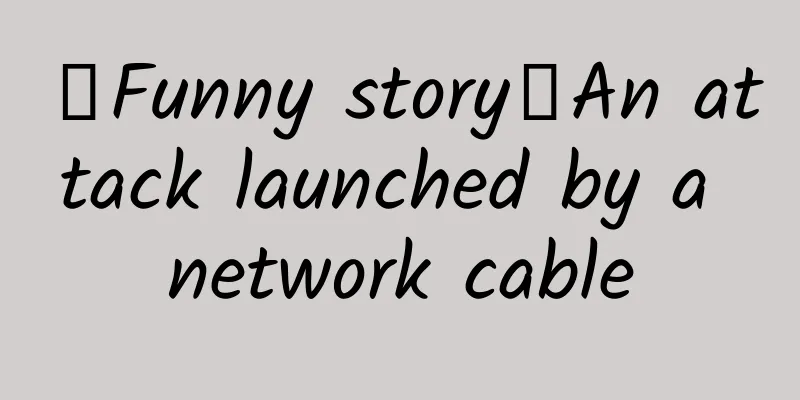
![[Double Holiday] Megalayer Hong Kong CN2 server 399 yuan/month, Hong Kong/US high-end VPS/8 cores, 16G memory, 240G SSD, 3IP, starting from 199 yuan/month](/upload/images/67cabc7f2ce1c.webp)
